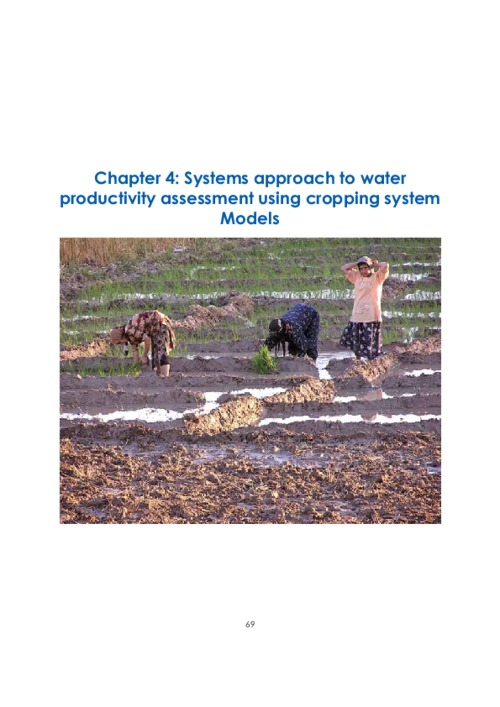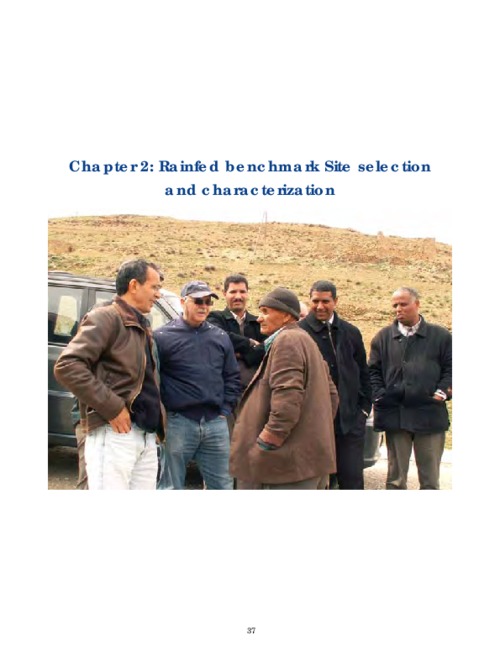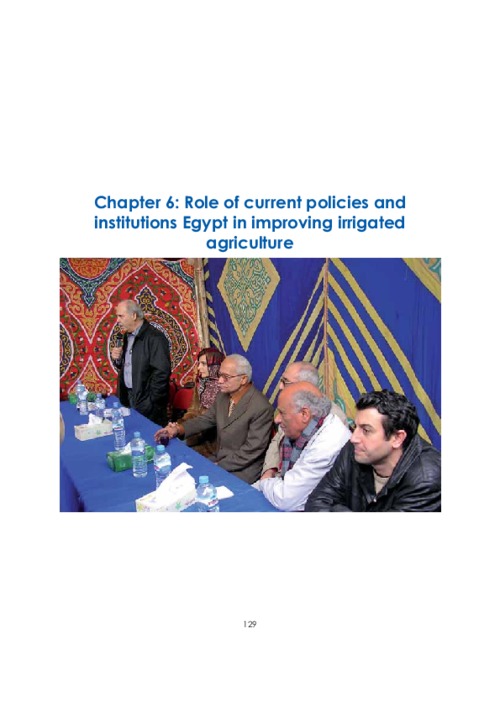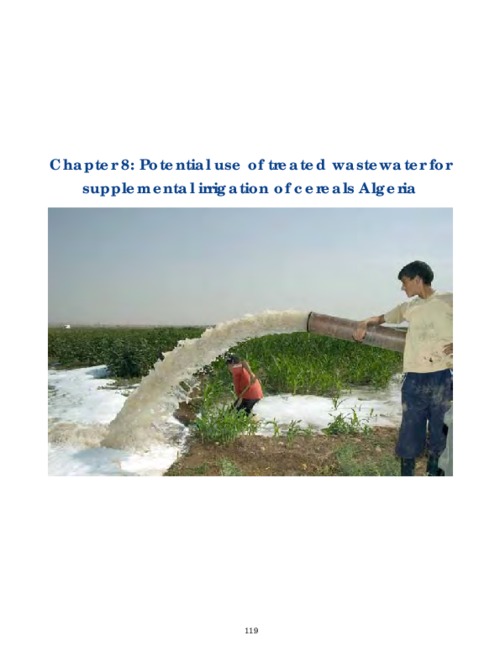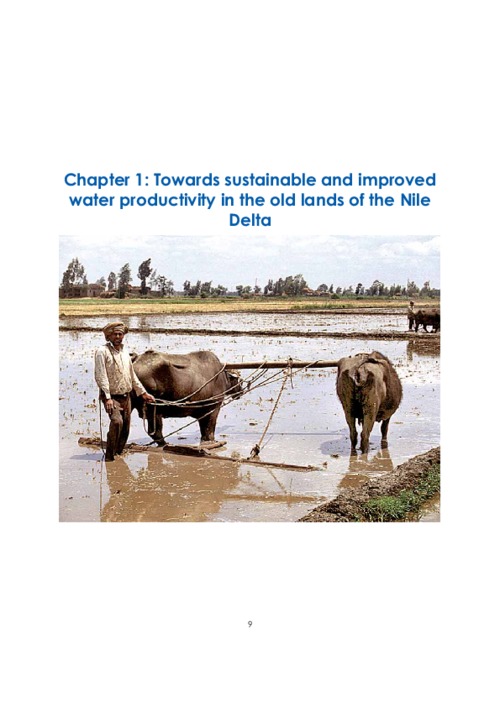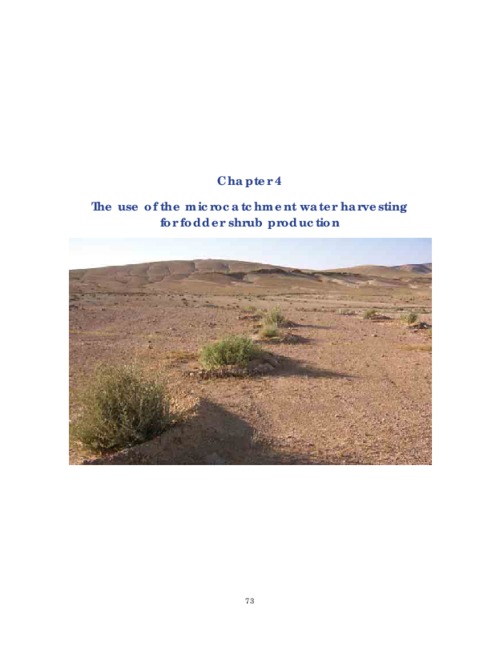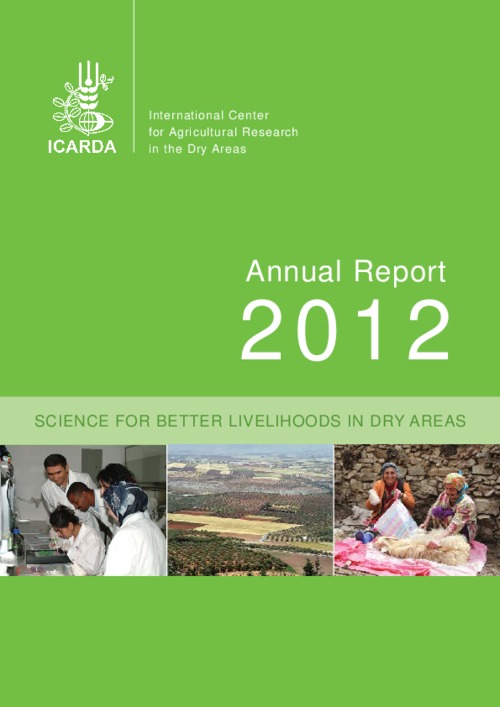Systems approach to water productivity assessment using cropping system Models
Irrigation management of crops in Egypt is characterized by the application of more water than the crops require. In fact, large amounts of water are supplied without any estimates of the soil water content at the root zone. The rationale for doing so is the assumption that more irrigation water means a greater yield. So, eliminating the use of this unnecessary irrigation water could help save the resource, provided that this can be done with low yield losses.

